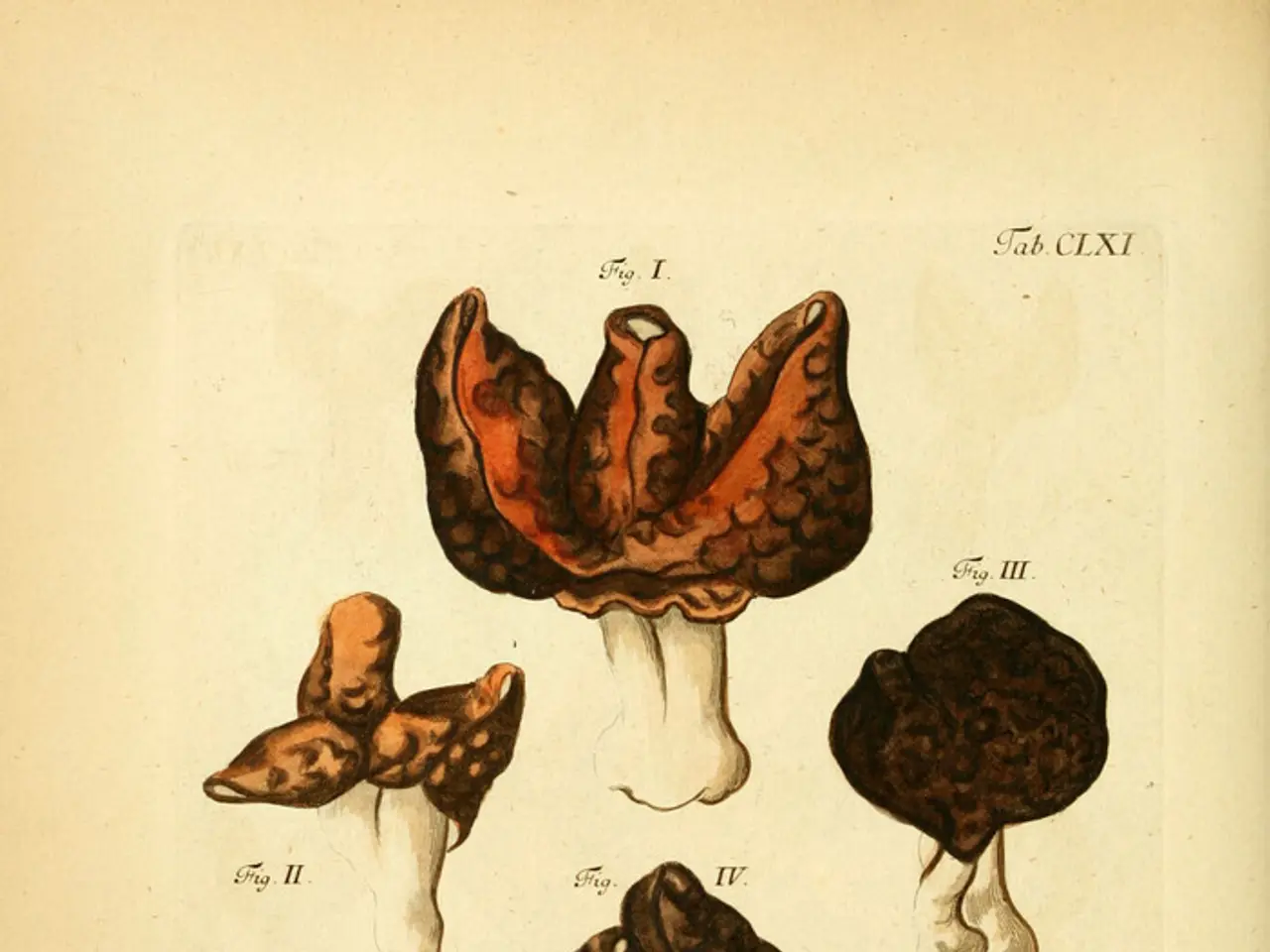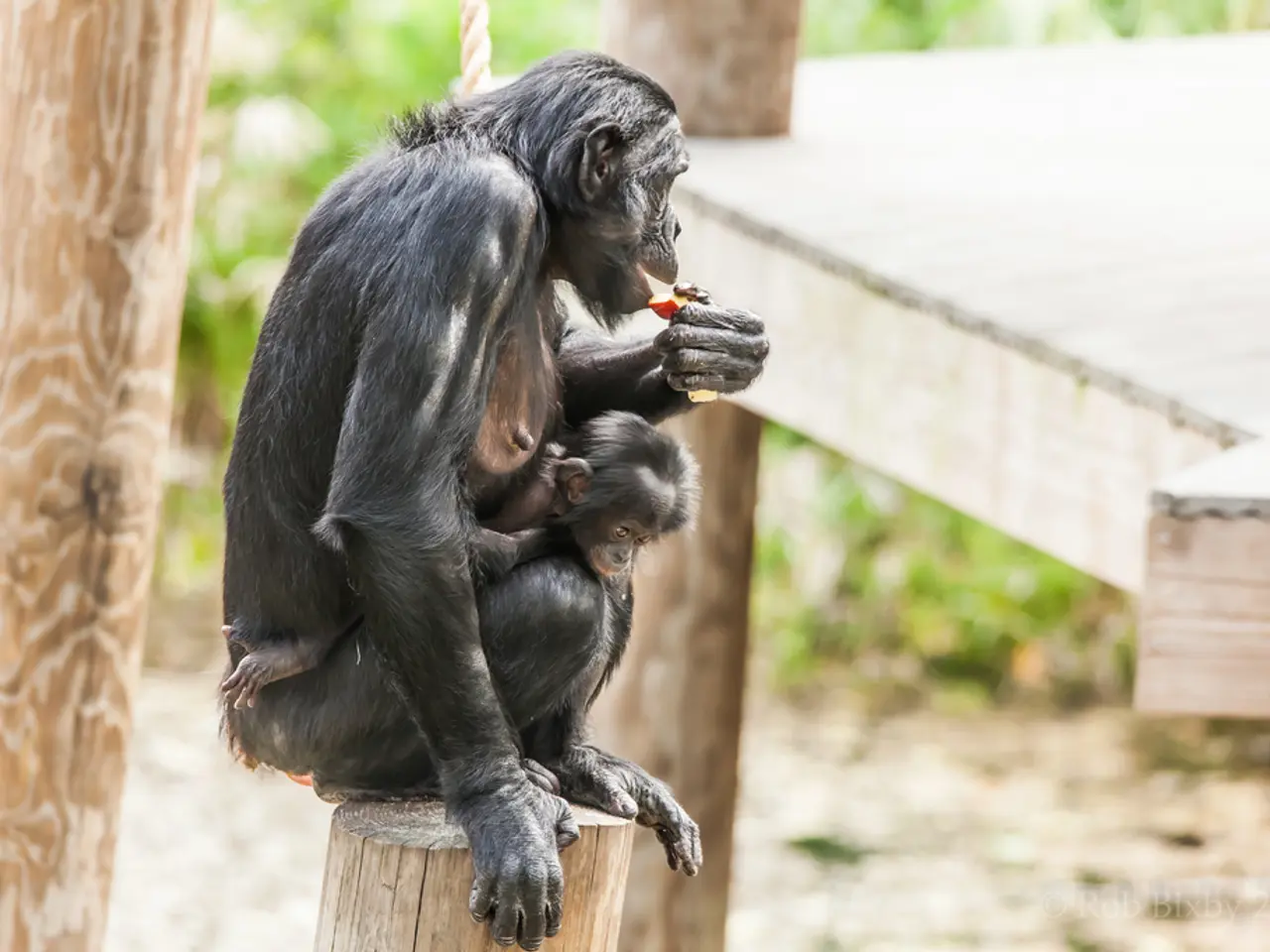Scientists at the University of Pennsylvania convert a harmful fungus linked to 'King Tut's curse' into a potential cancer-fighting resource
In a groundbreaking discovery, researchers at the University of Pennsylvania have found that the fungus *Aspergillus flavus*, historically known for producing deadly aflatoxins and linked to mysterious deaths in ancient tombs, can be transformed into a promising anti-leukemia cancer treatment.
### Discovery and Development
Penn researchers, led by Chemical and Biological Engineering professor Sherry Gao and postdoctoral fellow Qiuyue Nie, isolated a rare class of molecules from *A. flavus* called ribosomally synthesized and post-translationally modified peptides (RiPPs). These molecules, named "asperigimycins," have a unique structure of interlocking rings and had never been described before. By chemically modifying these peptides—especially by adding lipid parts—the team created compounds that matched or exceeded the potency of existing FDA-approved leukemia drugs while targeting leukemia cells more specifically.
Genetic analysis helped identify the fungal protein responsible for producing these RiPPs, enabling the researchers to confirm their source and potentially discover more fungal RiPPs in the future.
### Mechanism and Application
The asperigimycins work by blocking the formation of microtubules, which are essential for cancer cell division, effectively halting the uncontrolled proliferation of leukemia cells. A key feature of the treatment is its selectivity: it uses a transporter protein more active in leukemia cells, minimising damage to healthy tissues.
Lab tests showed that these compounds have a cancer-killing effect comparable to current frontline leukemia therapies.
### Future Implications
This breakthrough highlights the vast, largely untapped potential of fungal natural products in drug development, echoing past successes like penicillin and lovastatin. The novel approach combining metabolic and genetic insights to find and engineer fungal RiPPs opens pathways for discovering new medicines beyond leukemia treatment. Moreover, the targeted nature and potency of asperigimycins suggest they could become a new class of safer, more effective cancer therapeutics.
In summary, this research transforms a once-toxic fungus into a hopeful source of innovative leukemia treatment, demonstrating that nature still holds powerful solutions to human diseases waiting to be uncovered. This discovery also helped researchers learn more about ancient Egyptian culture and embalming practices from 3,000 years ago.
Further exploration of fungal natural products could lead to discovering additional medicines beyond leukemia treatment, given the success of past drugs like penicillin and lovastatin. The selective asperigimycins, derived from the transformed fungus Aspergillus flavus, hold potential as a new class of safer, more effective cancer therapeutics for treating medical-conditions like leukemia, improving health-and-wellness.




